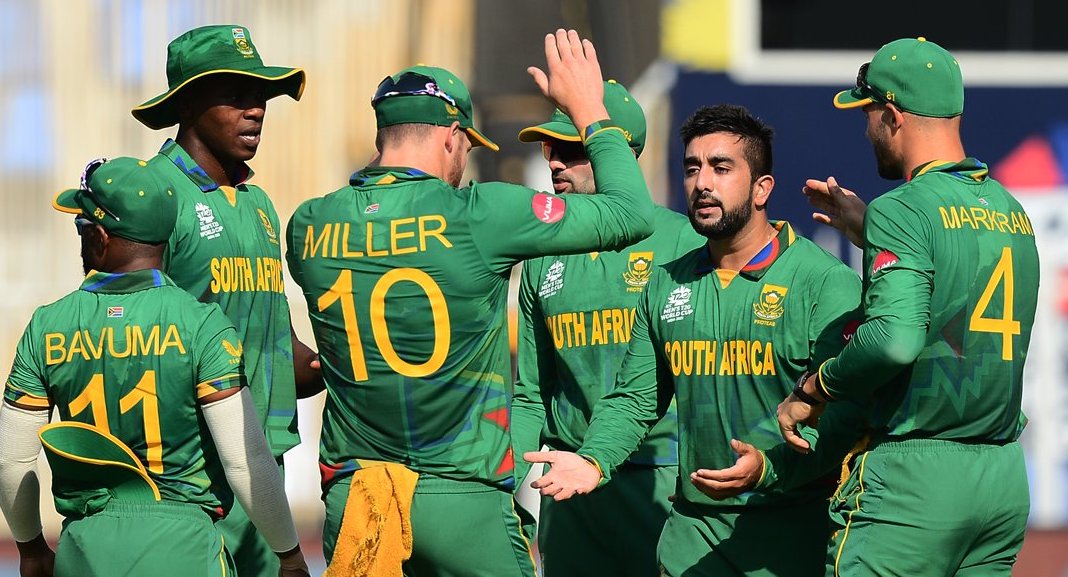We’ve seen a few tri-series in ODIs and T20Is from time to time, but why haven’t there been more?
Leading up to major world events, every international series serves as an ideal means of preparation for any team. Over the course of the last few years, it’s mostly been bilateral series in limited-overs cricket, and while there have been plenty of close contests, they haven’t quite stood out as relatively high-intensity events.
Teams are expected to hit the ground running whenever a tournament starts, since losses can be costly and early momentum can be very vital going forward. And this leads to a very intriguing talking point regarding international series: we’ve seen a few tri-series in ODIs and T20Is from time to time, but why haven’t there been more?
For starters, an international tri-series checks several boxes. The potency of the contest is higher, and there’s more of a tournament feeling, as opposed to the typical bilateral series. While the arrangement might be a challenge due to logistics concerns and COVID-19, the teams that take part in a tri-series will all benefit.
We’ve seen blockbuster events like the Nidahas Trophy in 2018. Nearly all of the league games between India, Sri Lanka, and Bangladesh were close finishes, and there never really was a point when any of the three teams were comfortably ahead of the others. In addition, there was a wide spectrum of low-scoring and high-scoring games, from India chasing 140 against Bangladesh in almost 19 overs, to Bangladesh clinching the improbable by hunting down an imposing 215 against Sri Lanka. And it all culminated in a breathtaking final, where a crucial cameo from Dinesh Karthik – which included a last-ball six – scripted a barnstorming turnaround to take India to the title.
Nine years ago, the Commonwealth Bank Tri-Series down under provided us with entertainment galore. Australia, India, and Sri Lanka locked horns for nearly a month, and despite the hosts having a clear advantage, the three teams were all fairly evenly matched. India were unfortunate not to make it through to the 3-game final, but they gave their opponents a very good run for their money. Australia won the first game, Sri Lanka squared the contest after winning the next game, and the intense decider nearly went down to the wire. But in the end, Australia prevailed and lifted the silverware for what was an enthralling stretch of matches that ebbed and flowed.
The Proteas last played a tri-series in 2016, in the Caribbean. Sadly, the home team, the Windies, and the Australians, both outperformed – and the latter ended up winning the event. As much as South Africa has fielded strong squads on paper, tournament play has been a challenge, especially during critical phases. A major advantage of taking part in a tri-series is the enhancement of mental toughness as well as exposure to a more competitive setting.
Aside from the tournament preparation, another positive of a tri-series is the experience in itself. Going back to the Nidahas Trophy, India had left out multiple incumbents and provided opportunities to a few newcomers, who managed to acclimatize well to the international arena. In late 2019, there was a T20I tri-series between Bangladesh, Zimbabwe, and Afghanistan. The Afghans have become a strong force in the T20 scene, and the other two teams have been struggling for consistency in the format. Playing stronger sides can be instrumental for development, and the experience on offer for Bangladesh and Zimbabwe was very handy. Regional tri-series can be very handy – for instance, the Proteas could rest their mainstays, field a second-string side, and invite their neighbors – Zimbabwe and Namibia, for a T20I or ODI tri-series. We’ve seen what the Namibian team was capable of in the recently completed T20 World Cup, and Zimbabwe will want to re-announce themselves in a world event after administrative chaos threw a wrench in the works.
While feasibility might be an issue, it’s clear that an international series involving three teams will improve the overall standard of cricket as well as help all the parties involved. Especially in T20Is, we don’t often see teams playing their strongest squads, as the preference to stack the team up is, understandably, for the longest format. Adding another competitor to the mix will force everyone to go all in with their best players, and produce exciting fixtures.











